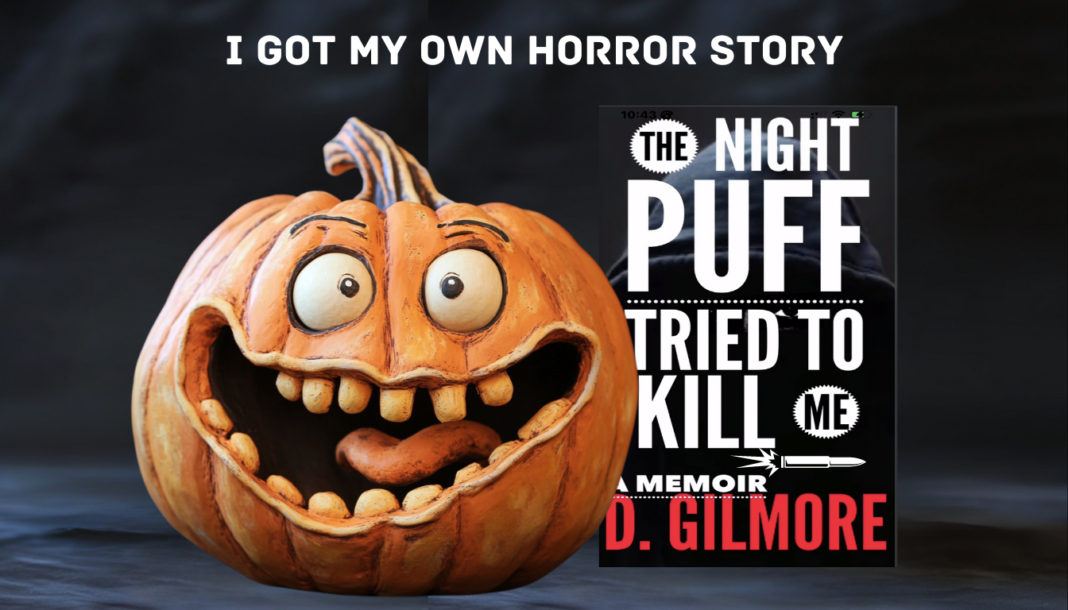:max_bytes(150000):strip_icc():format(jpeg)/TAL-france-vineyard-SINGAPORECHAMPAGNE0924-40416e864efc4bb0af1a29e43fae4d7d.jpg)
Whether you’re flying on Singapore Airlines to Frankfurt, New York, or Southeast Asia, one thing first-class guests can count on is a flute of Champagne. Or two.
That’s because the airline, which serves 77 destinations, makes a point of stocking at least two high-end options — be they Krug’s iconic Grand Cuvée, a 2015 Bollinger, or a 2012 Taittinger — for its first-class passengers. (In business class, guests are offered 2015 Piper-Heidsieck Brut Vintage.)
From left: Getty Images; Courtesy of Charles Heidsieck
On a typical long-haul flight, like the New York to Singapore nonstop that’s the world’s longest regularly scheduled service, cabin staff will serve a full case of Champagne. Other routes, like those on the double-decker Airbus A380 plane, which seats 84 passengers in business and first, will easily go through two cases. All in, the airline pours about 400,000 bottles of bubbly a year, according to a spokesperson.
Gathering up that quantity of high-end wine is no small task. Before any corks are popped at 38,000 feet, the airline’s team of wine-world insiders makes an annual buying trip to northern France. Among them are Jeannie Cho Lee, the first person of Asian heritage to achieve a Master of Wine certification; Michael Hill Smith, Australia’s first Master of Wine; and British wine writer Oz Clarke. Their enviable task? Visiting Champagne houses and tasting an astonishing number of wines to determine which specific bottlings will sparkle with flavor when served in the relatively dry and pressurized cabin of an airliner.
“We’ve got to make sure that the first drink people get in business class is going to make them smile, every single time,” Clarke says.
That kind of insight comes from the panel’s visits, whether to the chalk crayères, or caves, of Charles Heidsieck, reachable by way of a winding staircase, or the cellars of Krug, where shelves of bottles, sorted by vintage, offer a library of the flavors one might expect on board.
Then there’s the question of sourcing wines that will pair well with the onboard food, Cho Lee says. “Something drier can accentuate the chili — it can make a dish taste spicier,” she observes. By contrast, a Champagne with a touch of residual sugar tends to pair more favorably with milder meals.
Whether a guest opts for a Singapore-inspired chicken satay or something French, such as the airline’s popular lobster thermidor, the wine has to be just as impressive, Clarke says. “We make sure of that.”
A version of this story first appeared in the September 2024 issue of Travel + Leisure under the headline “Tiny Bubbles in the Sky.”



:max_bytes(150000):strip_icc()/TAL-france-vineyard-SINGAPORECHAMPAGNE0924-40416e864efc4bb0af1a29e43fae4d7d.jpg?w=1068&resize=1068,0&ssl=1)

